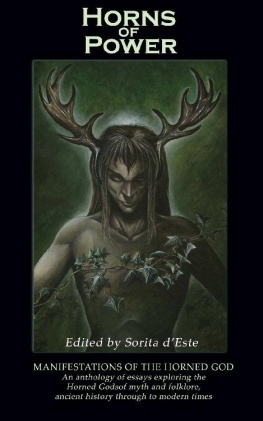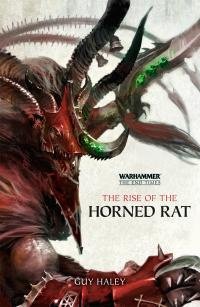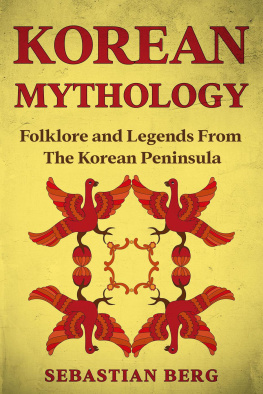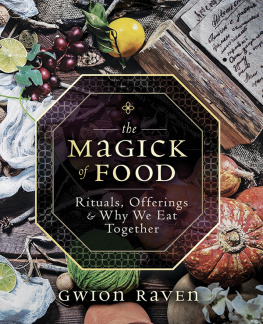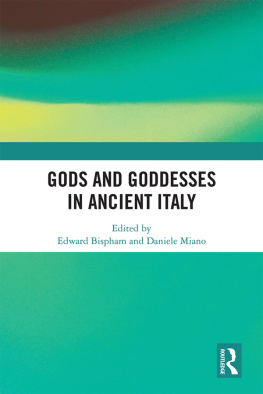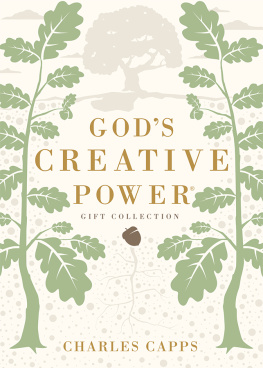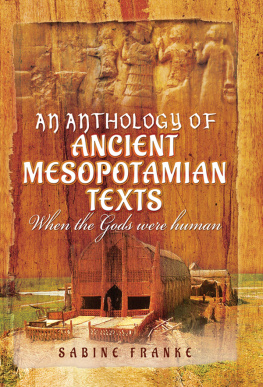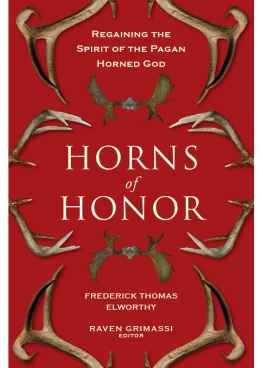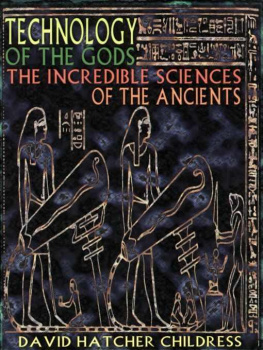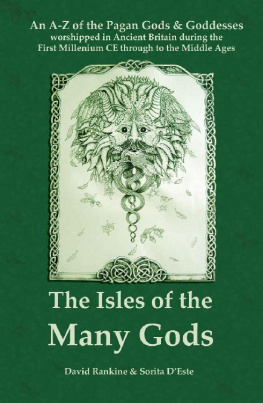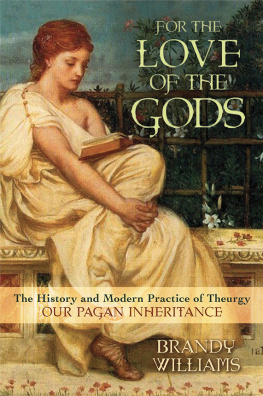Contributions by:
Brian Andrews, Harry Barron, Stephen Blake,
Dafydd ap Bran, John Canard, Rhys Chisnall, Sorita dEste,
Nina Falaise, Thea Faye, Gareth Gerrard, Kim Huggens,
Janet Nancy James, Peter J Jaynes, Phil Lightwood-Jones,
Gulia Laini, Magin, Hortus St Michael, Frater Nechesh,
Nic Phillips, Marc Potts, David Rankine, Beth Raven,
Jenny Sumaya, Zachary Yardley, Zagreus


Published by Avalonia
Published by Avalonia
BM Avalonia
London
WC1N 3XX
England, UK
HORNS OF POWER
ISBN (10) 1905297173
ISBN (13) 978-1905297177
First Edition, July 2008
This Kindle edition February 2016
Design by Satori
Copyright Sorita dEste 2008
Individual contributors retain copyright of their essays and artwork.
All rights reserved. No part of this publication may be reproduced or utilized in any form or by any means, electronic or mechanical, including photocopying, microfilm, recording, or by any information storage and retrieval system, or used in another book, without written permission from the authors.

Table of Contents
List of Illustrations
Herne by Marc Potts
- also the cover image of Horns of Power
Out of the Shadows, Out of the Mists by Brian Andrews
-also used as the chapter heading for Cornucopia section
Herne by George Cruickshank, 1843
Jupiter/Pan from Kirchers Oedipus Aegypticus, 1653
Pan with Panpipes
Pan Statue
Veles by Nic Phillips, Sol Invictus God Tarot
Ascending the Horn of the God by Brian Andrews
Robin Goodfellow, Roxburghe Ballads, 1847
Khnum by Nina Falaise
Khnum, Egyptian
Serapis, Egyptian
Unicorn, from Topsells History of Four-Footed Beasts, 1607
The Pope and the Unicorn, Wilsons Almanac
Young Woman With Unicorn, Leonardo Da Vinci, 1480
Stag and Unicorn, Book of Lambspring, 1625
Imminent Force by Brian Andrews
-also used as the chapter heading for Wild Dance section
Stag by F.W.P.
The Gentle Trickster by Magin
Wiccan High Priest by Harry Barron
Animal and Man by Harry Barron
Kyloe Bulls, Mid 18th Century, Private Collection Print
The Alchemical Moon, called Luna from Chymica Vannus, 1666
- also used as the chapter heading for Horns of Beauty section
Luna, The Seven Planets, 1539
Het-Hert (Hathor) by Nina Falaise
Elen and me, sketch by Jenny Sumaya

Other titles by the same author:
The Isles of the Many Gods
The Guises of the Morrigan
Circle of Fire
Wicca: Magickal Beginnings
Practical Planetary Magick
Practical Elemental Magick
Avalonias Book of Chakras
Hekate: Keys to the Crossroads (Editor)
Artemis: Virgin Goddess of the Sun & Moon
For Grant.
A black teardrop forever.

Herne by Marc Potts
Introducing The Horns of Power
Horns represent the primal power of nature, expressed through the strength of a bull or the unstoppable power of a charging herd of buffalo or caribou, the majesty and raw virility of a roaring stag with its antlers silhouetted against the morning sun. They also represent the lunar power in the heavens, lighting the night sky and drawing the tides as the moon waxes and wanes. Horns have been synonymous with this strength throughout human history and it is easy to see why horns should have such an enduring and universal appeal.
The mystical symbolism inherent in nature influenced our ancestors, who saw the trees of the forest in the branch-like antlers of a stag, and the crescent moon in the horns of a bull. Horns represented the subtle as well as the manifest, with the spiral horns of the ram suggesting a journey into mystery. These different horns emphasised the union of the divine and the animal, man's path from the past to the future, drawing on both to attain balance and gain the power that they all have to offer.
Horned animal deities played a significant role in the early civilizations of the ancient world, where the majesty, power and mysteries of the bull gods of Sumeria and ram and bull gods of ancient Egypt would be transmitted into the civilizations that would follow and build on the foundations they had laid.
That horns symbolised power in the ancient world is perfectly demonstrated in the tales of Alexander the Great. He was often depicted with horns emphasising his great martial prowess and supremacy as a leader, whilst at the same time hinting at his divine origins and authority. Indeed as a result of this association he was sometimes called Karnayn which means 'horned'.
Gods such as the Greek Pan, the Minoan bull god, the Roman Faunus and the Harappan Pashupati all demonstrate the enduring power, appeal and diversity of the horned gods. The early Jews also celebrated the power of the bull, associated with storms and a natural symbol of the storm god Yahweh, as the horns on the corners of the altar of Moses. Although the Christian Church would subsequently demonise horns as a symbol of evil, Michelangelo hinted at this ancient connection in his famous statue of the horned Moses.
Evidence from thousands of years before civilization of the earliest recorded images and archaeological remains abound with horns. Items made from horn, such as headdresses and helmets, staffs and tools have been found in grave goods dating back many thousands of years. Horned animals such as bulls, bison, ibex and stags are all common in pre-historic cave art, and antlers bedeck the most famous of all cave figures, the 'Sorceror' , believed to have been created more than 32,000 years ago, in what is now Les Trois-Frres at Arige in France.
From ancient Sumeria through to the Celts and Vikings, horned helmets were worn as a symbol of ferocity and power. Through an act of sympathetic magick the wearer of the helmet drew on the immense strength and endurance of the bull or other horned beast represented thereon. The same is of course true of other uses of horn in magickal tools from drinking vessels to trumpets to wands.
Before we can continue we need to clarify the difference between horns and antlers. Antlers are bone extrusions which grow from the heads of most species of deer, and are shed annually. Horns are also bony extrusions, but unlike antlers they are covered with the hard protein substance keratin. Horns are not shed, and grow continuously with the addition of new tissue at the base of the horns.
Some instances which do not fit this definition are commonly and inaccurately called horn. For example rhinoceros horn is made only from keratin with no bony core, and the narwhale tusk, so long confused with the horn of the unicorn, is in fact a giant tooth. Keratin itself is the hard structural protein which also forms nails and hairs in humans. The occurrence of keratin in all these types of horn as well as in us humans as a species emphasises the personal connection we all have to the strength and power of horn.
To many people horns represent the image of the horned god. But which horned god exactly? The horns of power manifest in many different ways, relevant to people and the environment they live in. In the twenty-first century, with its ever-expanding urban centres, people are turning back to the primal gods of old to awaken them to the energy of the land and reconnect with that ancient power.

